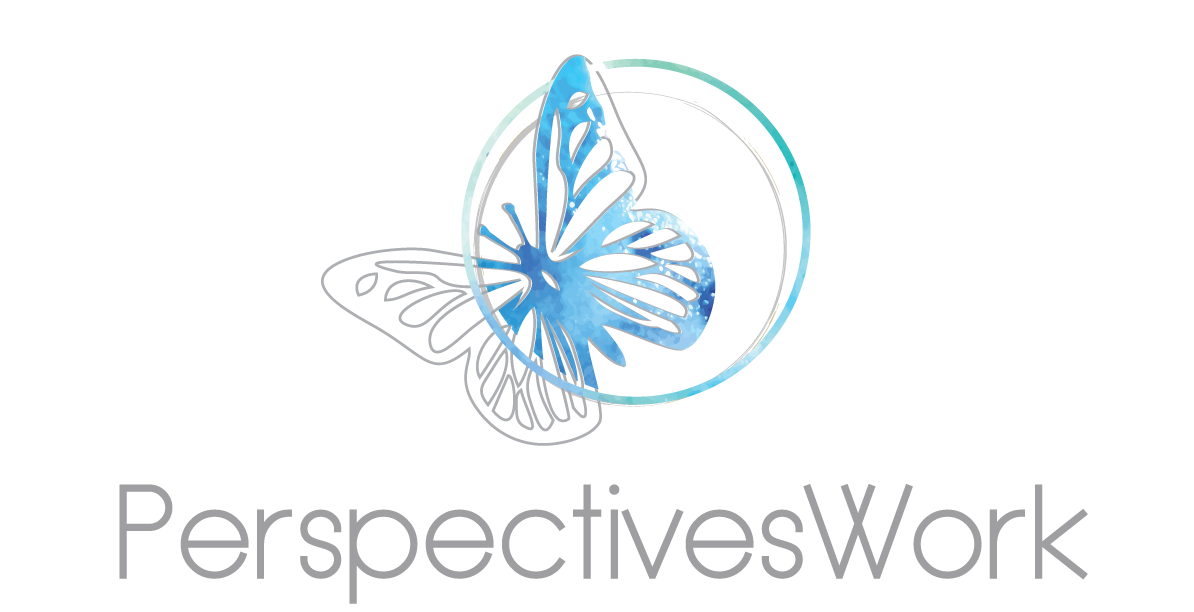3 Steps to Dismantle Your Biases
“Are you afraid of failing because you are a woman, or because you are a foreigner?”
This is the question I was asked when interviewing for my first job in Switzerland at 22 years of age. Up until that moment, I had never questioned whether me being a woman, or a foreigner, would ever impact my career in any shape or form.
Everyone is biased. You have biases; my employees have biases; my husband has biases – I have biases. We all have them, and this is normal. Our realities and perceptions are shaped by our cultures, experiences, and upbringings. They become the lenses through which we perceive others and the world. Often, they turn into obstacles preventing us from connecting: they create situations where we make assumptions that we do not even test out for ourselves, subconsciously or not. Biases, as defined by the Cambridge English Dictionary, are actions of “supporting or opposing a particular person or thing unfairly, because of allowing personal opinions to influence your judgment.”
There are several types of biases – ranging anywhere from gender, cultural, racial, and unconscious bias, to attribution, conformity and affinity bias, and more. There are even issues concerning artificial intelligence algorithms becoming biased due to the humans who build them.
Instead of feeling ashamed or self-conscious about having biases, and move forward in a more fruitful, collaborative, and open way, it is critical to identify and dismantle them through conscious actions. This will lead to better connections, alignment, and trust. So, start working! Take these three steps to dismantle your biases:
1) Be self-aware. One way of doing so if through Harvard’s Implicit Association Test (IAT). This resource consists of several evaluations that allow you to develop a better understanding of your attitudes or beliefs towards certain topics. This includes tests on implicit associations in regard to weight, race, sexuality, religion, age, gender-career, disability and more. It is designed to challenge ourselves and how we view things.
2) Understand your biases and be open to ones you can’t see. As Daniel Kahneman says in his book Thinking, Fast and Slow, “we can be blind to the obvious, and we are also blind to our blindness.” It is essential to be willing to self-reflect on our limitations. Even if you have difficulty admitting your flaws, know that biases exist in each of us, and it is our sole responsibility to take ownership of them, recognize what we need to improve on and accept what we can and cannot see.
3) Stay open and curious. Remain open to feedback from other people and create a safe environment where you and others can express concerns to each other. Listening, asking challenging questions, and fostering an environment of empathy and trust are key elements in this process.
While it is nearly impossible to eliminate our biases completely, we carry the responsibility to be able to recognize them and to remain open to opportunities and innovation. By doing so, we become more inclusive, diverse, and adaptable. We become more conscious and approachable.
Enjoy your bias discovery journey – it is quite insightful!

